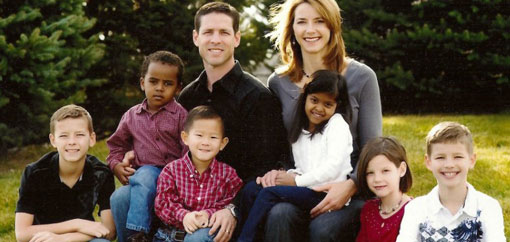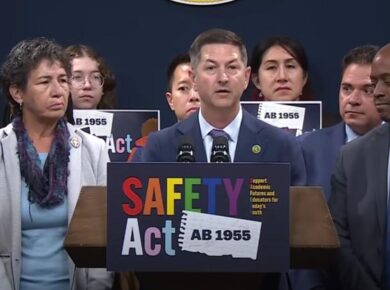When people start their divorce usually doesn’t know what to expect. Divorce is a complex legal process and can be full of surprises, some pleasurable, as well as frustrating delays. A general picture of what might happen can help you feel more comfortable in this “uncomfortable” situation. The following chronology gives a general idea of how is the process of a divorce conventional. Your divorce may be a little different due to the differences between state laws and the specific circumstances between you and your spouse.
- To start a divorce, one spouse hires a lawyer, the same who is responsible for writing the request, (also known as a complaint), a legal document that explains why one of the parties wants to get divorced and under what terms it wants to establish the financial situation, custody, and other matters.
- The lawyer sends the request or complaint to the court.
- The attorney or the court to ensure that the request/complaint will be given to the other party (your spouse), along with a summons that requires a response on the part of your spouse.
- The spouse mentioned has to respond within a certain period (usually three weeks). The response indicates whether quoted or not you agree with the petition/complaint. If he or she does not respond to the petition/complaint, the court assumes that you agree with the terms. The response, (also called replication) indicates the manner in which the above-mentioned want to deal with the decisions of the divorce.
- The couple exchanges documents and information related to issues such as ownership and income. By examining this information, the court and the couple can decide how to divide property, how to determine child support and the pension of the spouse.
- Sometimes the partner you can voluntarily resolve all their differences through mediation or an agreement. Some states require that any couple who divorce go through this process.
- If you reach an agreement, that document will be shown to the judge in an informal hearing. The judge will ask some basic questions and will ask each party if they understand the agreement and if you want to sign it.
- If the judge approves the agreement, it will give the couple the divorce decree that shows the convention in which they arrived. If the judge does not approve the agreement, or if the couple does not reach an agreement, then begins the trial.
- During the trial, the attorneys present evidence and arguments on behalf of each of the parties. The judge determines the unresolved conflicts, including custody and visitation, child support or spousal support, or division of property. Once the judge made a decision, granted the divorce decree.
- Either spouse may appeal the decision of the judge in a higher court, but it is unusual for a court of appeals reverse the decision of a judge. Remember that agreements cannot be appealed if both spouses agreed to the terms.
It is difficult to estimate how long it will take these steps in your case. The entire process can take from a few months up to several years. In general, the more you cooperate the partner to reach a reasonable agreement, the easier and faster it will get the divorce.









